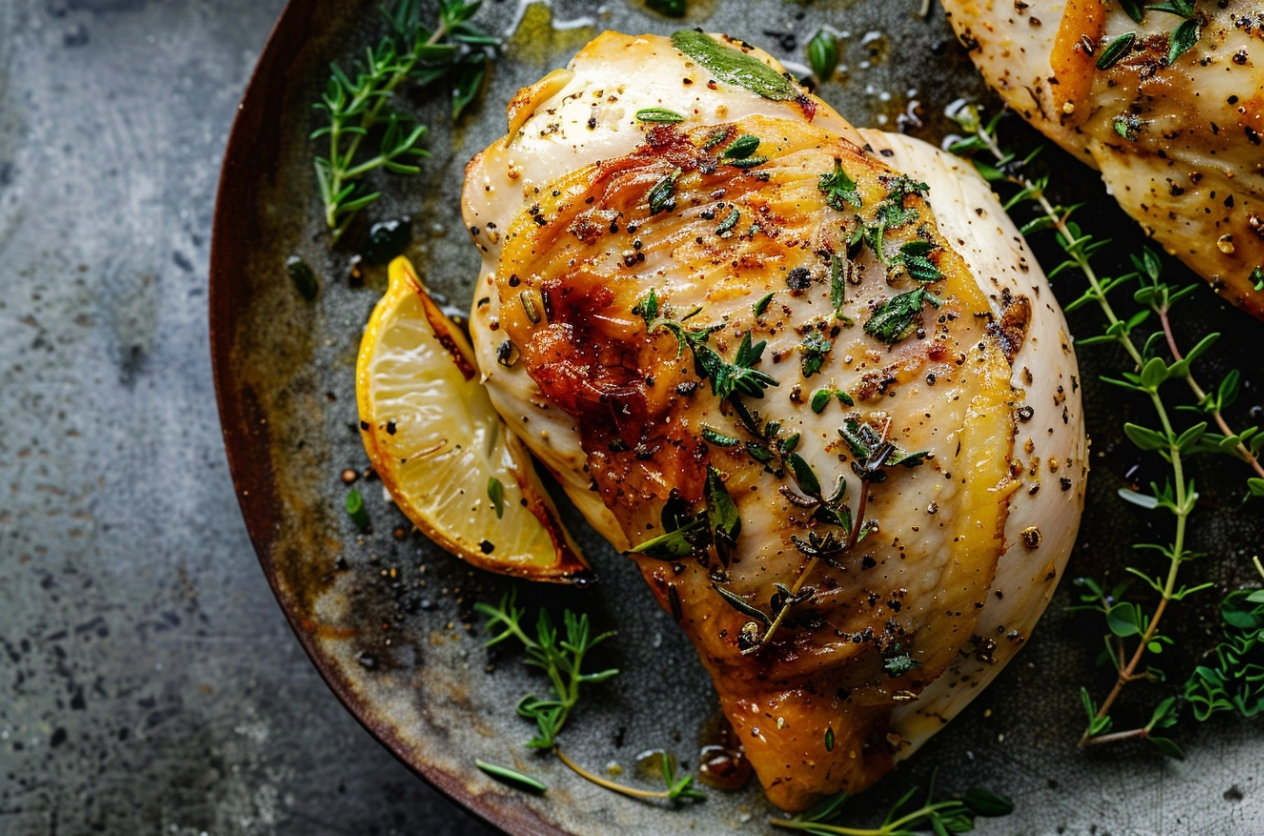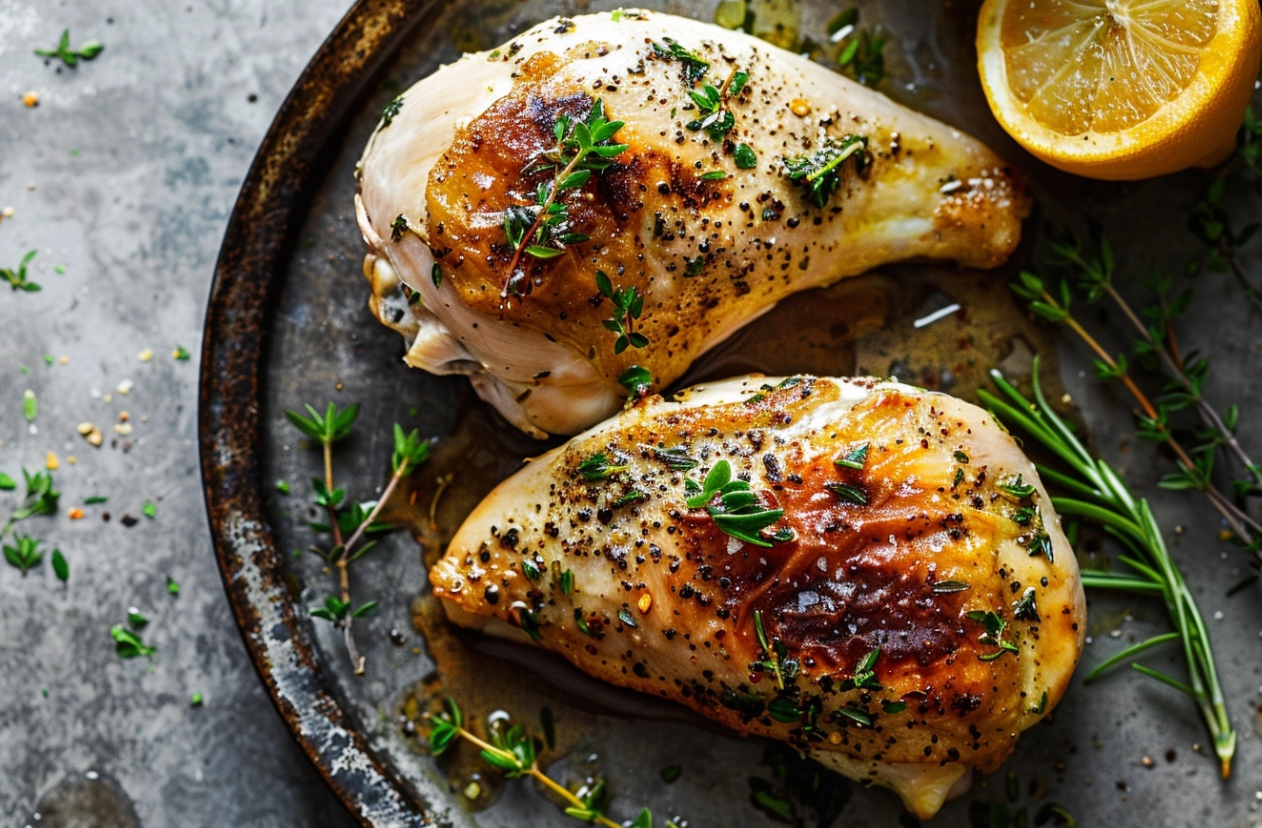Introduction to Bone-In Chicken Breast Recipes
Cooking with bone-in chicken breast recipes not only enriches your meal with a deep, savory flavor but also ensures a juicier bite compared to its boneless counterpart. The presence of the bone acts as a natural conduit for heat, allowing the meat to cook evenly while retaining its moisture. This culinary choice not only elevates the taste but also contributes significantly to a wholesome and nutritious diet.
For those new to the kitchen or seasoned chefs looking to revisit the basics, understanding how to properly prepare and utilize bone-in chicken breast recipes is crucial. From selecting the right cuts to mastering the art of seasoning, the journey of bringing out the best in this versatile ingredient is both rewarding and delicious. For an in-depth guide on kitchen essentials and techniques, Creative Cooking Techniques offers valuable insights that are sure to enhance your culinary skills.
Moreover, the nutritional benefits of chicken cannot be overstated. Rich in proteins, vitamins, and minerals, chicken is a staple in balanced diets across the globe. If you aim to build muscle, shed weight, or simply sustain a healthy lifestyle, adding bone-in chicken breast to your meals is both a delicious and effective tactic. To understand more about the nutritional content and benefits, visiting resources like Nutritional Benefits of Chicken can provide you with the detailed information you need.
In conclusion, bone-in chicken breast recipes offer a fantastic way to explore various culinary techniques while ensuring a healthy and satisfying meal. Whether you’re roasting, grilling, or simmering, the key to a perfect dish lies in the preparation and love poured into every step. As we delve deeper into the specifics of these recipes, remember that each method brings its own unique flavor and texture to the table, promising a delightful experience with every bite.
Basic Recipe
Print
Perfect Bone-In Chicken Breast Recipe
- Total Time: 50 minutes
- Yield: 4 servings 1x
Description
A simple yet delicious recipe for bone-in chicken breast that results in juicy, flavorful meat with a crispy skin.
Ingredients
- 1 (.25 ounce) package active dry yeast
- 2 tablespoons brown sugar
- 1 ⅛ teaspoons salt
- 1 ½ cups warm water (110 degrees F/45 degrees C)
- 3 cups all-purpose flour
- 1 cup bread flour
- 2 cups warm water (110 degrees F/45 degrees C)
- 2 tablespoons baking soda
- 2 tablespoons butter, melted
- 2 tablespoons coarse kosher salt
Instructions
Notes
Ensure the yeast is fresh for best results. Experiment with different seasonings for added flavor.
- Prep Time: 20 minutes
- Cook Time: 30 minutes
- Category: Main Course
- Method: Baking
- Cuisine: American
Nutrition
- Serving Size: 1 chicken breast
- Calories: 250
- Sugar: 2g
- Sodium: 300mg
- Fat: 10g
- Saturated Fat: 4g
- Unsaturated Fat: 6g
- Trans Fat: 0g
- Carbohydrates: 25g
- Fiber: 1g
- Protein: 20g
- Cholesterol: 70mg
Keywords: Bone-In Chicken Breast
For more delicious recipes, visit Cooking Light and Serious Eats.
STEPS
Step 1
Gather all ingredients.
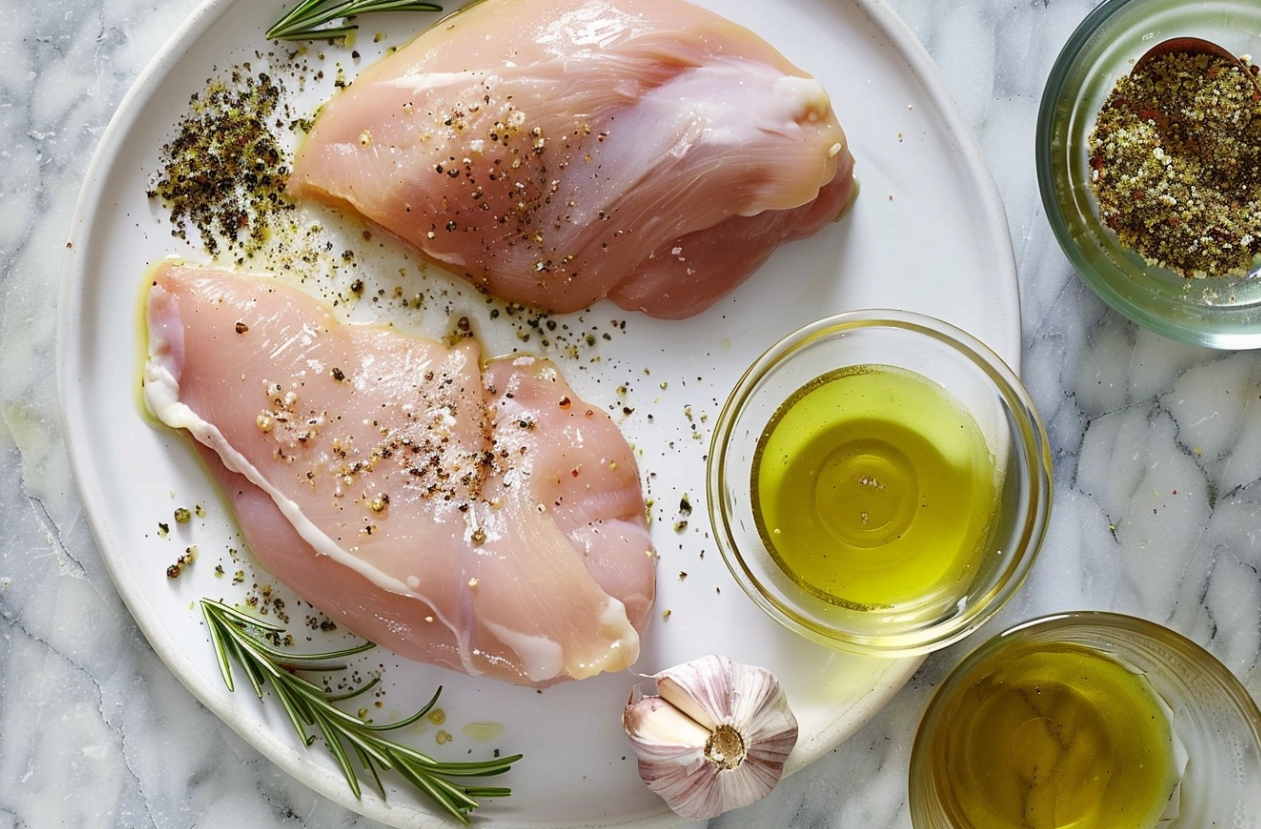
Step 2
Coat chicken breasts with olive oil and garlic, then season with salt, black pepper, rosemary, and basil. Place the chicken in a large baking dish.
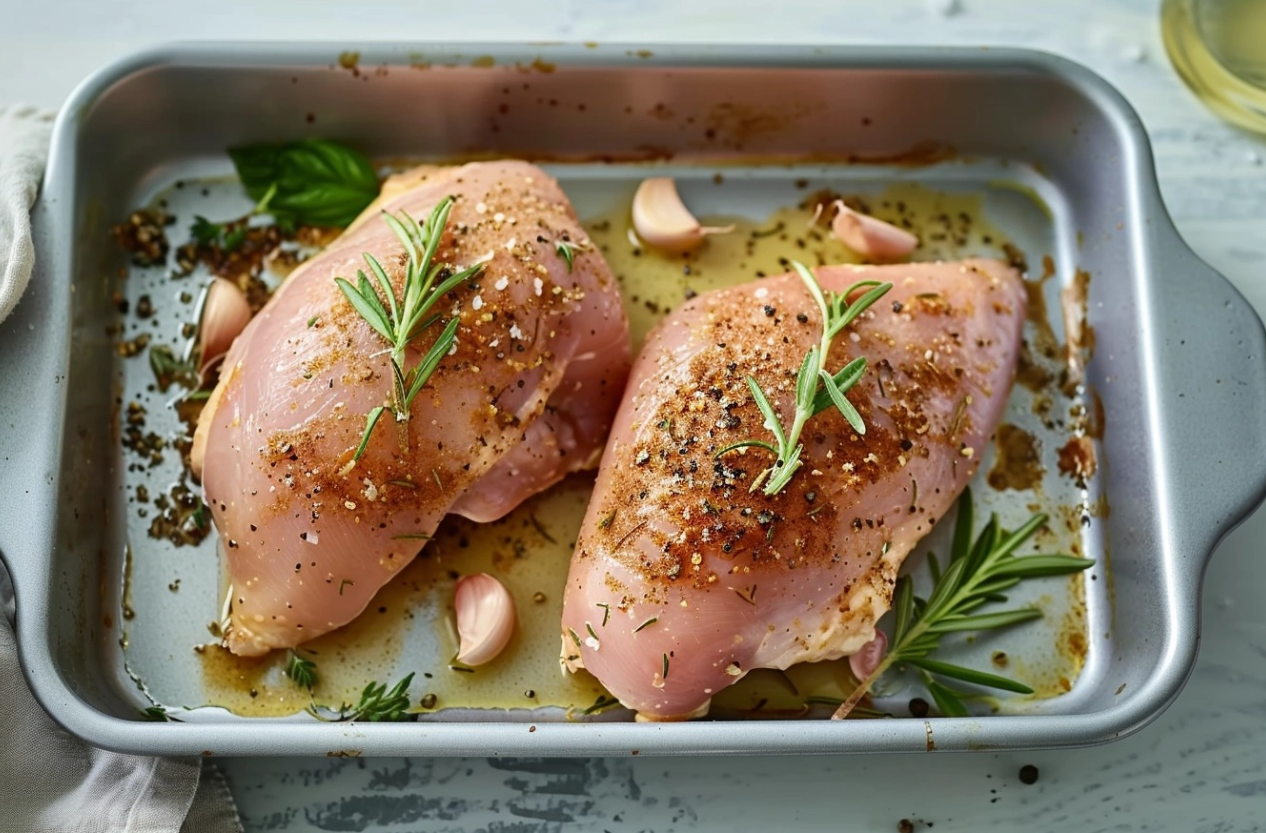
Step 3
Chill in the refrigerator for a minimum of 45 minutes. In the meantime, preheat the oven to 375 degrees Fahrenheit (190 degrees Celsius).
Step 4
Place in the preheated oven and bake until the chicken is no longer pink at the bone and the juices run clear, about 45 to 60 minutes. Ensure that an instant-read thermometer inserted into the thickest part of the breast reads 165 degrees Fahrenheit (75 degrees Celsius).
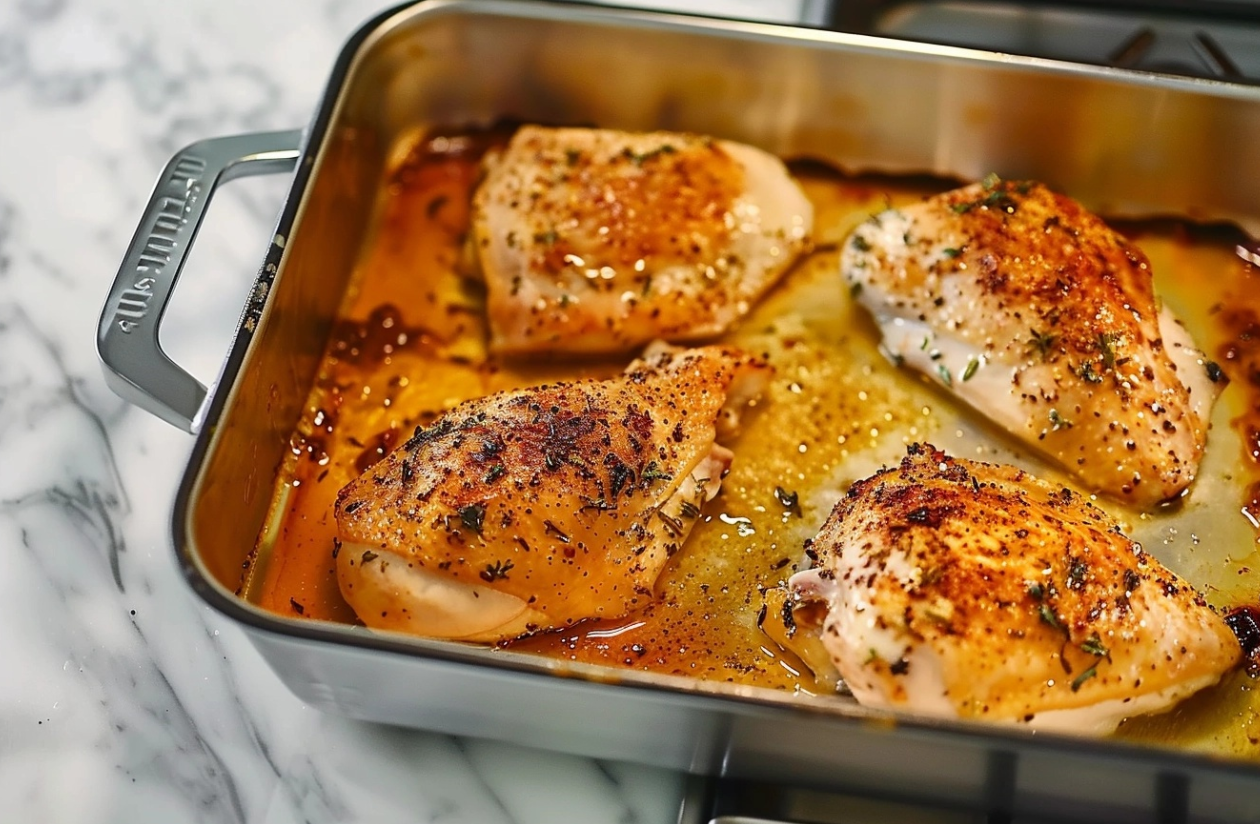
Step 5
Serve immediately and enjoy!
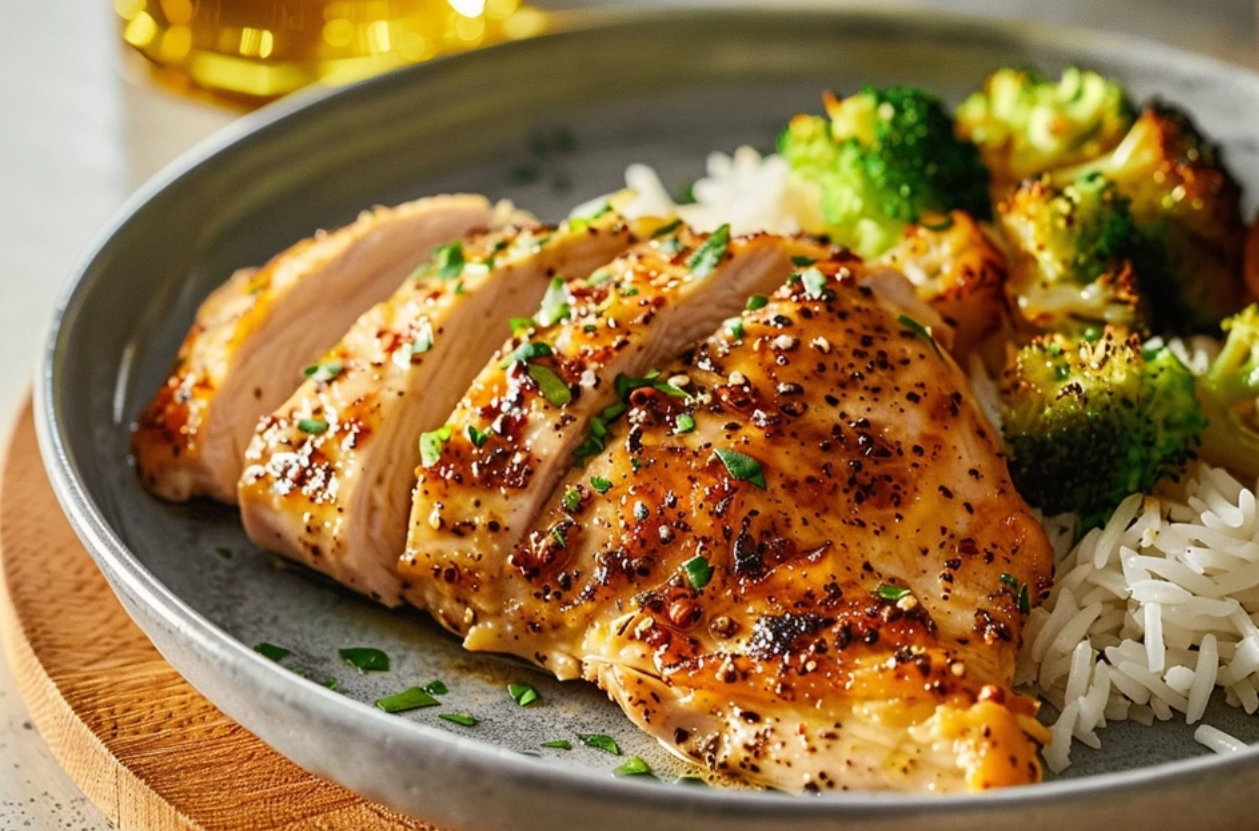
Advanced Cooking Techniques for Bone-In Chicken Breast
Elevating your bone-in chicken breast recipes dishes requires a dive into more sophisticated culinary techniques. These techniques can bring new textures and flavors to the table, turning every meal into an exciting culinary journey.
Smoking for Depth:
Smoking bone-in chicken breast recipes imparts a rich, complex flavor unachievable through other cooking methods. It demands patience and precision, as maintaining a low and slow cooking environment is crucial. Using woods like apple or hickory can add a subtle sweetness or a robust smokiness, respectively. The result is a tender, flavorful chicken that’s worth the wait.
Sous-Vide for Precision:
Sous-Vide for Precision: This technique involves sealing the chicken breast in a bag and cooking it in a water bath at a meticulously controlled temperature. This technique allows for unmatched moisture retention and tenderness. Cooking your bone-in chicken breast sous-vide at 146°F (63°C) for 1 to 2 hours guarantees a perfectly cooked, juicy interior that’s difficult to achieve through traditional methods.
Achieving the Perfect Crust:
Whether you’re smoking or sous-viding, finishing your chicken breast with a quick sear in a hot pan can add a deliciously crispy exterior to the tender meat. The contrast in textures enhances the dish, giving it a restaurant-quality finish that will surely impress your guests.
These advanced techniques, from the smoky allure of the smoker to the precision of sous-vide, offer exciting ways to enhance the natural flavors and textures of bone-in chicken breast. Experimenting with these methods not only broadens your culinary skills but also introduces a new level of sophistication to your home-cooked meals.
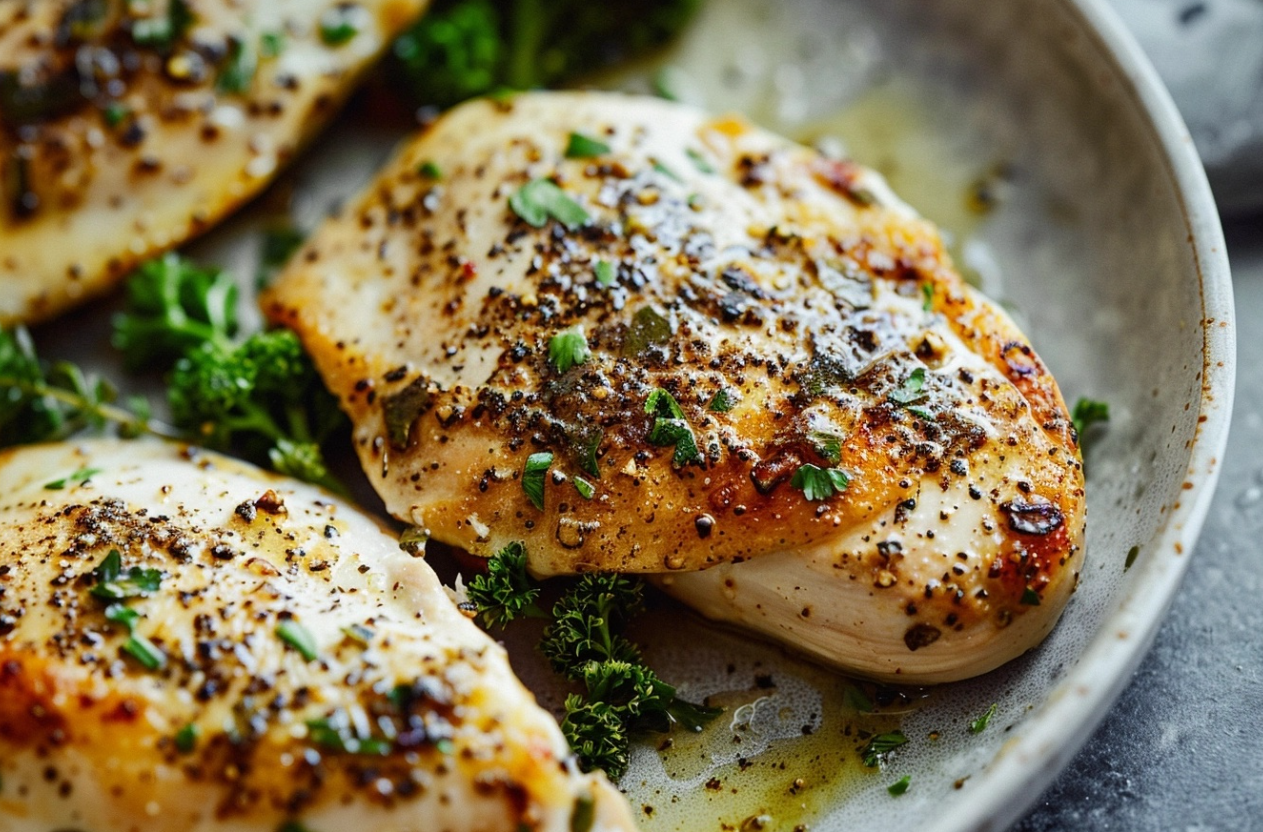
Maintenance and Safety Tips for Bone-In Chicken Breast
Ensuring the bone-in chicken breast you cook is not only delicious but also safe to eat, involves adhering to proper maintenance and safety guidelines. This part of our guide emphasizes the importance of handling your poultry with care, from the moment you purchase it until it’s served on the plate.
Proper Storage is Key:
The first step in maintaining the quality of your bone-in chicken breast is proper storage. Store it in the fridge or freezer immediately after buying to ensure freshness. If refrigerating, use within two days; if freezing, ensure it’s tightly wrapped to prevent freezer burn and can be stored for up to nine months.
Cross-Contamination Concerns:
Preventing cross-contamination is crucial when preparing chicken breast. Use different cutting boards and utensils for raw chicken and other foods. After handling chicken, thoroughly clean your hands, tools, and surfaces with hot, soapy water.
Cooking to the Right Temperature:
To ensure your bone-in chicken breast is safe to eat, it must reach an internal temperature of 165°F (74°C). For accurate temperature readings, use a meat thermometer and insert it into the thickest part of the breast without touching the bone. This step guarantees both safety and prevents overcooking.
Following these maintenance and safety tips will not only ensure that your bone-in chicken breast dishes are safe and delicious but will also help you avoid common pitfalls in the kitchen. Proper storage, diligent prevention of cross-contamination, and cooking to the correct temperature are essential practices for any home cook. These habits not only enhance the quality of your meals but also protect the well-being of everyone who enjoys them.


